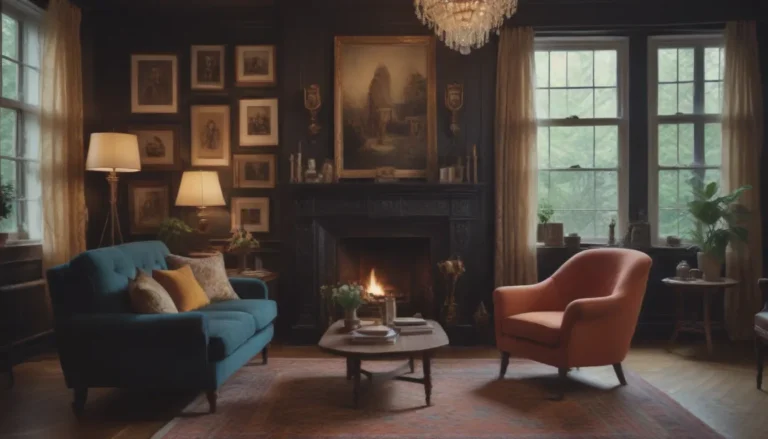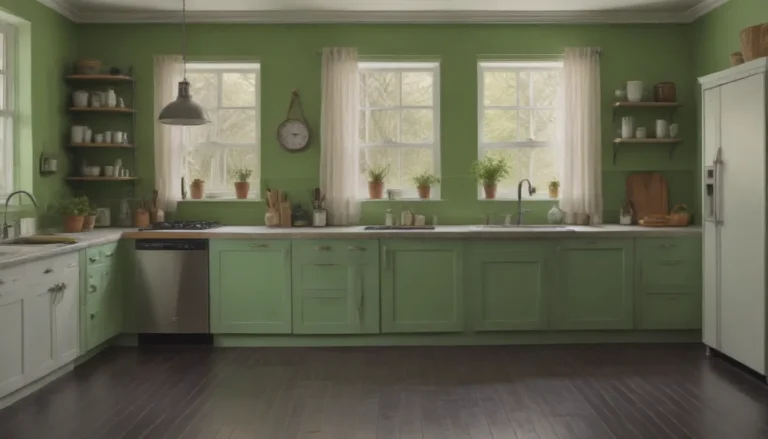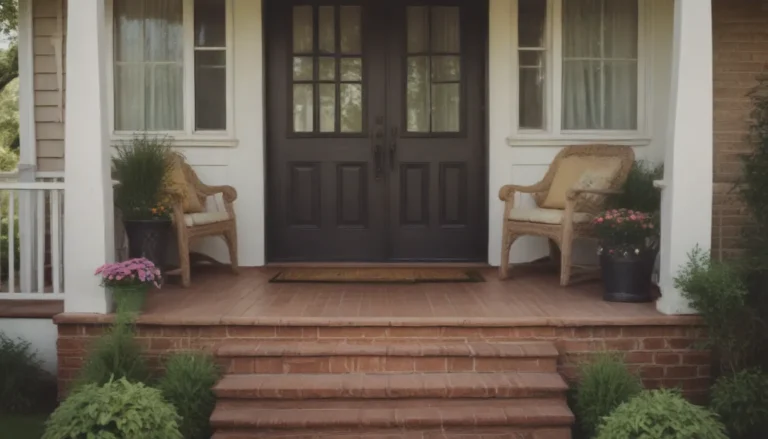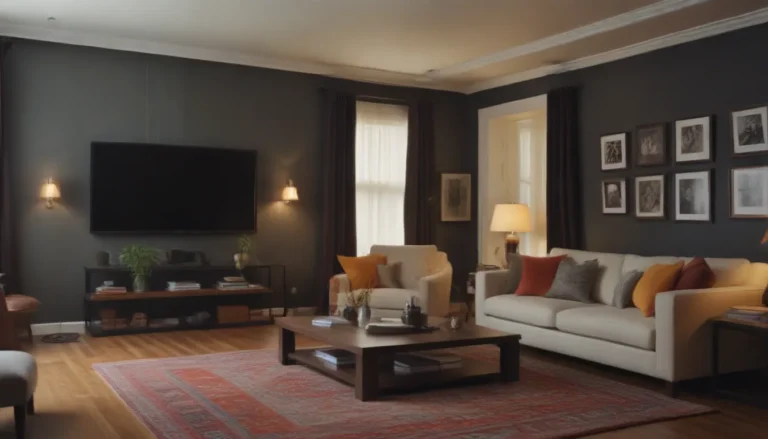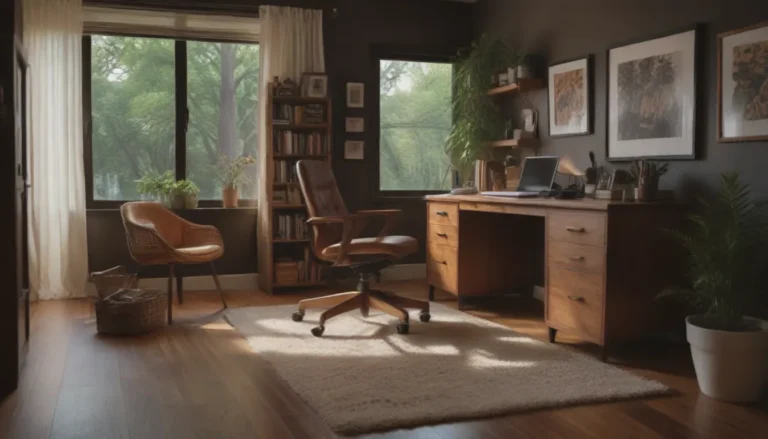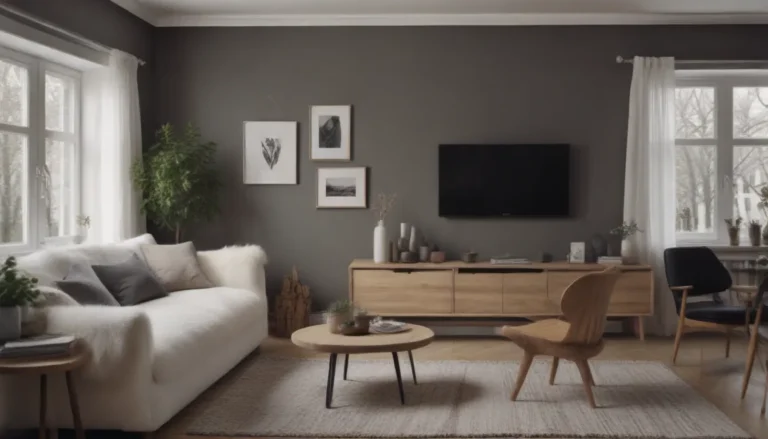Creating the Perfect Nursery: Harnessing the Power of Color Psychology
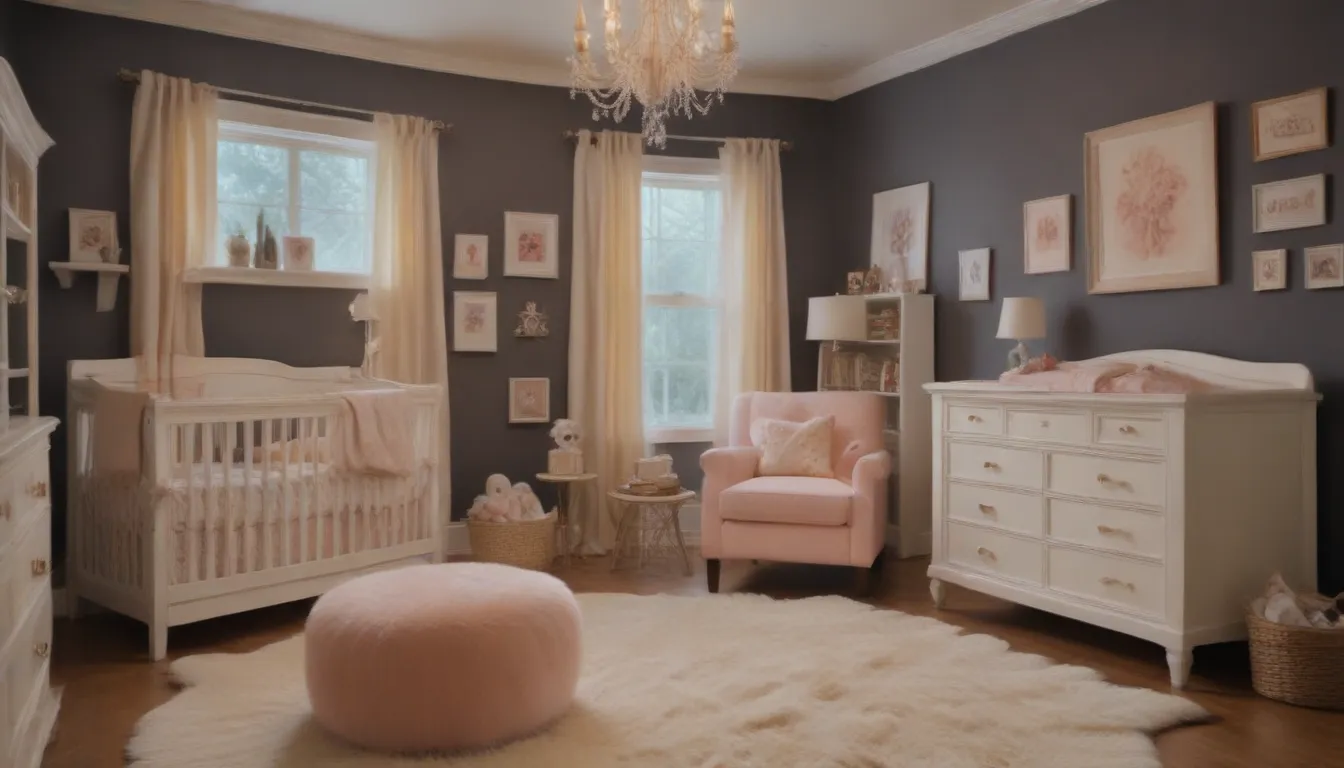
When it comes to decorating a nursery for your little one, the color scheme you choose can have a profound impact on their mood, behavior, and overall well-being. Gone are the days of simply defaulting to blue or pink; today, thanks to the wonders of color psychology, parents can make informed decisions that go beyond personal preference. In this in-depth guide, we will explore the fascinating world of color psychology and how it can help you create a nursery that nurtures and supports your child’s growth and development.
Unveiling the Power of Color Psychology
Did you know that colors have the ability to influence our emotions, stimulate our minds, and even impact our physical health? It’s true! Marketing experts have long understood the power of colors in influencing consumer behavior, and now, this knowledge can be harnessed to create the perfect environment for your little one. Let’s delve into the basics of color psychology to understand how different hues can affect your child:
The Warmth of Warm Colors
Warm colors like red, orange, and yellow are known to evoke feelings of happiness and comfort. These vibrant hues can stimulate the mind, energize the body, and create a sense of intimacy in a space. However, it’s important to use warm colors in moderation, especially in a nursery setting where too much stimulation can disrupt sleep patterns. Here’s a closer look at the effects of some popular warm colors:
– Red:
- Excites and energizes the body
- Increases heart rate and blood pressure
- Associated with increased aggression and headaches
– Pink:
- Evokes empathy and femininity
- Creates a calming atmosphere but can become irritating over time
– Yellow:
- Associated with happiness and motivation
- Promotes concentration and memory
- Too much yellow can lead to feelings of anger and overstimulation
– Orange:
- Friendly and welcoming
- Inspires interpersonal communication
- Can be overstimulating in bold shades
The Cool Serenity of Cool Colors
Cool colors, on the other hand, have a calming effect on the body and can create a relaxed and spacious atmosphere. Colors like blue, purple, and green are great choices for a nursery as they promote serenity and well-being. Here’s a breakdown of the effects of some popular cool colors:
– Blue:
- Calms the mind and body
- Lowers blood pressure and heart rate
- Creates a refreshing and soothing environment
– Purple:
- Associated with wisdom and spirituality
- Luxurious feel and associated with wealth
– Green:
- Symbolizes nature and promotes a serene environment
- Reduces anxiety and promotes concentration
- Increases reading ability and comprehension
Balancing Act: Trusting Your Instincts
While color psychology provides valuable insights into the effects of different colors, it’s essential to trust your instincts when it comes to choosing a color scheme for your nursery. Personal preferences, cultural influences, and individual responses to colors all play a role in how we perceive and react to different hues. If your child has a strong preference for a specific color, trust that their instincts are guiding them towards what makes them happy. After all, a happy baby means a happy brain!
The Science Behind the Colors
Research studies have shown the profound effects that colors can have on our emotions, behavior, and cognitive abilities. For example:
- Children’s Emotional Associations with Colors by Chris J. Boyatzis and Reenu Varghese explores how colors can evoke specific emotions in children.
- The Influence of Color on Memory Performance by Mariam Adawiah Dzulkifli and Muhammad Faiz Mustafar discusses how color can impact memory and cognitive function.
- The Psychology of Color by Kalyan Meola delves into the psychological aspects of color perception and its effects on human behavior.
Drawing from these studies, we can see the powerful role that colors play in shaping our experiences and interactions with the world around us.
Practical Tips for Choosing the Perfect Nursery Color
Now that you have a better understanding of color psychology and its impact on your child, here are some practical tips to help you choose the perfect nursery color scheme:
- Consider the overall ambiance you want to create in the nursery – whether it’s a cozy and intimate space or a serene and calming environment.
- Take into account your child’s preferences and personality when selecting colors for their room.
- Use a combination of warm and cool colors to create a sense of balance and harmony in the space.
- Experiment with different shades and tones to find the perfect color that resonates with you and your child.
- Don’t be afraid to think outside the box and incorporate unique color combinations that reflect your style and personality.
By following these tips and trusting your instincts, you can create a nursery that not only looks beautiful but also nurtures your child’s growth and development in a supportive and stimulating environment.
Conclusion
In conclusion, the power of color psychology is a valuable tool that parents can use to create the perfect nursery for their little one. By understanding the effects of different colors on mood, behavior, and well-being, you can make informed decisions that support your child’s growth and development. Whether you opt for warm, cozy hues or cool, calming tones, the key is to trust your instincts and create a space that reflects your child’s unique personality and preferences. With a little knowledge and creativity, you can transform your nursery into a welcoming and nurturing environment that will help your child thrive and flourish. Happy decorating!
Sources:
– North American Mental Health Professional Advice Council. “7 Sad Colors That Affect Your Mental State.” 2020.
– University of Hawaii at Hilo. “The Psychology of Color.”
– Samford University. Williams, Cassidy. “Wear Red and You’ll Win Gold.” 2017.
– Color Psychology. “How Color Affects Appetite in Marketing.”
– Rello, Luz, and Jeffrey P. Bigham. “Good Background Colors for Readers: A Study of People with and without Dyslexia.” Proceedings of the 19th International ACM SIGACCESS Conference on Computers and Accessibility, ACM, 2017, pp. 72–80. doi:10.1145/3132525.3132546.
